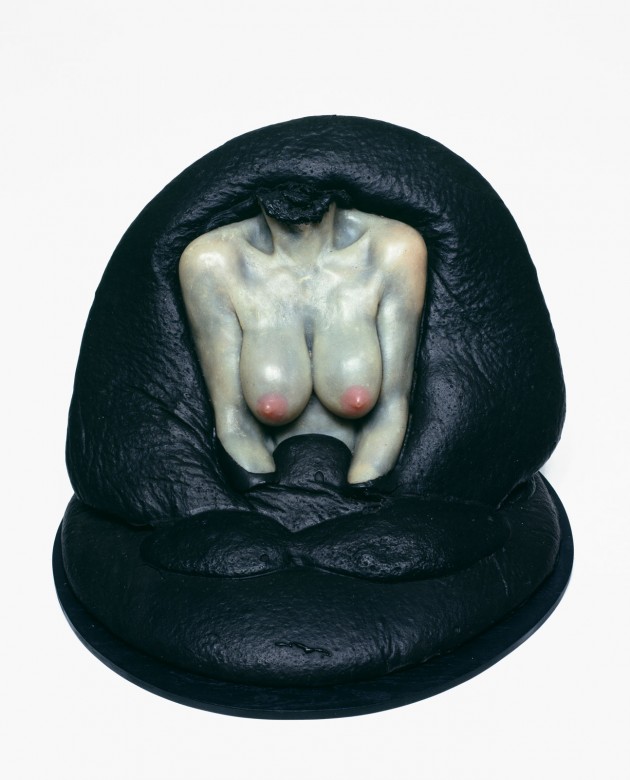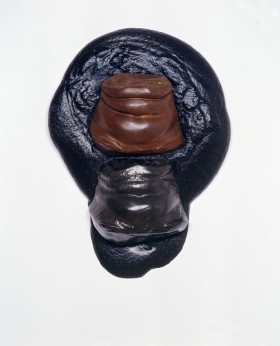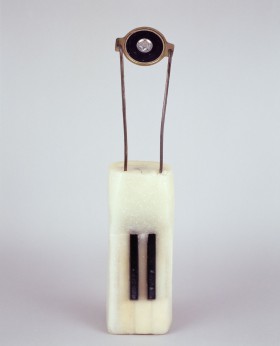Headless Torso
- type of object: sculpture
- date: 1968
- material/technique: polyester resin, polyurethane foam
- dimensions: 46 x 64 x 73 cm
- inventory No.: RZ-76
Alina Szapocznikow’s oeuvre is deeply autobiographical. The artist survived the Second World War in ghettos and concentration camps, and after the war she contracted tuberculosis, which prevented her from having children. Later she battled against breast cancer. In her art, she expressed the extreme and difficult emotions of euphoria and suffering. For her, the body was the basis of all experience: ‘My gesture is directed towards the human body, this “totally erogenous zone”, towards its most undefined and fleeting sensations. To celebrate impermanence in the hidden corners of our bodies, in the traces of our steps on this earth. Through the imprints of the human body, I try to capture in transparent polystyrene the fleeting moments of life, its paradoxes and its absurdity. . . . I am convinced that the human body is the most sensitive of all forms of impermanence, the only source of all joy, all pain and all truth, due to its ontological wretchedness, inevitable as it is, and — at the level of consciousness — totally unacceptable.ʼ The sculptor expressed the themes of sensual beauty and the drama of transience through casts of her own body. This series of works includes the veristic Headless Torso (1968). The cast of a female torso is set in a dark polyurethane mass that envelops it like a cushion. In her search for ways to express sensual experience, Szapocznikow experimented with new materials — from 1963, when she moved to Paris, she used synthetics such as polyester and polyurethane.




